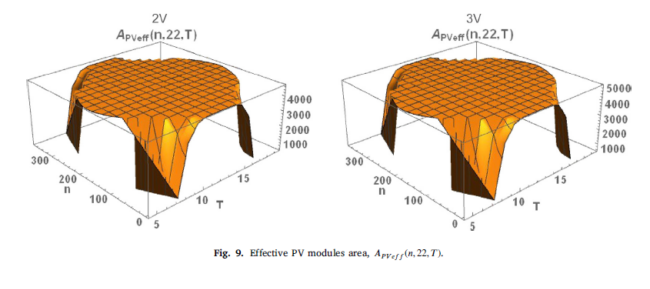In the dynamic field of solar energy, the efficiency and profitability of photovoltaic installations are pivotal. Solar Steel, in collaboration with the University of Oviedo and its research team, has contributed to the development of an innovative methodology to estimate the optimal distribution of fixed-structure (PV racks) PV modules in ground-mounted solar power plants. This study underscores the significance of optimization in design to achieve optimal and cost-effective performance.
Utilization of GIS and open-source software:
The methodology is grounded in the use of a Public Domain Geographic Information System (GIS), specifically the QGIS software, to calculate UTM coordinates of the installation area. This approach allows for the consideration of local variability in cloud coverage when estimating solar irradiation, a crucial step in the efficient planning of photovoltaic plants.
Packaging algorithm for optimization:
To maximize energy absorption, a packaging algorithm is implemented in Mathematica™ software, calculating shadows between PV modules. This approach facilitates an efficient arrangement, ensuring optimal plant performance.
Versatility of the methodology:
The methodology adapts to various structural configurations and incline angles to accommodate irregular terrains. The most common configurations are 2? × 12 and 3? × 8, offering flexibility for different contexts.
Detailed cost analysis:
A key aspect involves the detailed cost analysis of commonly used fixed tilt structure photovoltaic configurations, considering the Levelized Cost of Energy (LCOE). This approach provides a comprehensive view of the economic viability of each configuration.
Practical application in Sigena I:
To validate the methodology, it was applied to the Sigena I PV plant located in northeastern Spain. Results suggest that the 3? × 8 configurations with a 14-degree angle and 2? × 12 configurations with a 22-degree angle are the most efficient, surpassing the current configuration.
Significant results:
The 3? × 8 configuration with a 14-degree angle stands out by increasing energy capture by 32.45% compared to the current configuration, with an LCOE of 1.10. Furthermore, when compared to the 2? × 12 configuration with a 22-degree angle, the same 3? × 8 configuration increases energy capture by 19.52%, with an LCOE of 1.05.
This study reinforces the conclusion that the 3? × 8 configuration is the most cost-effective option, emphasizing the importance of optimization in the design of photovoltaic power plants. The flexibility and efficiency of this methodology offer a comprehensive approach to address changing challenges in the renewable energy sector.
